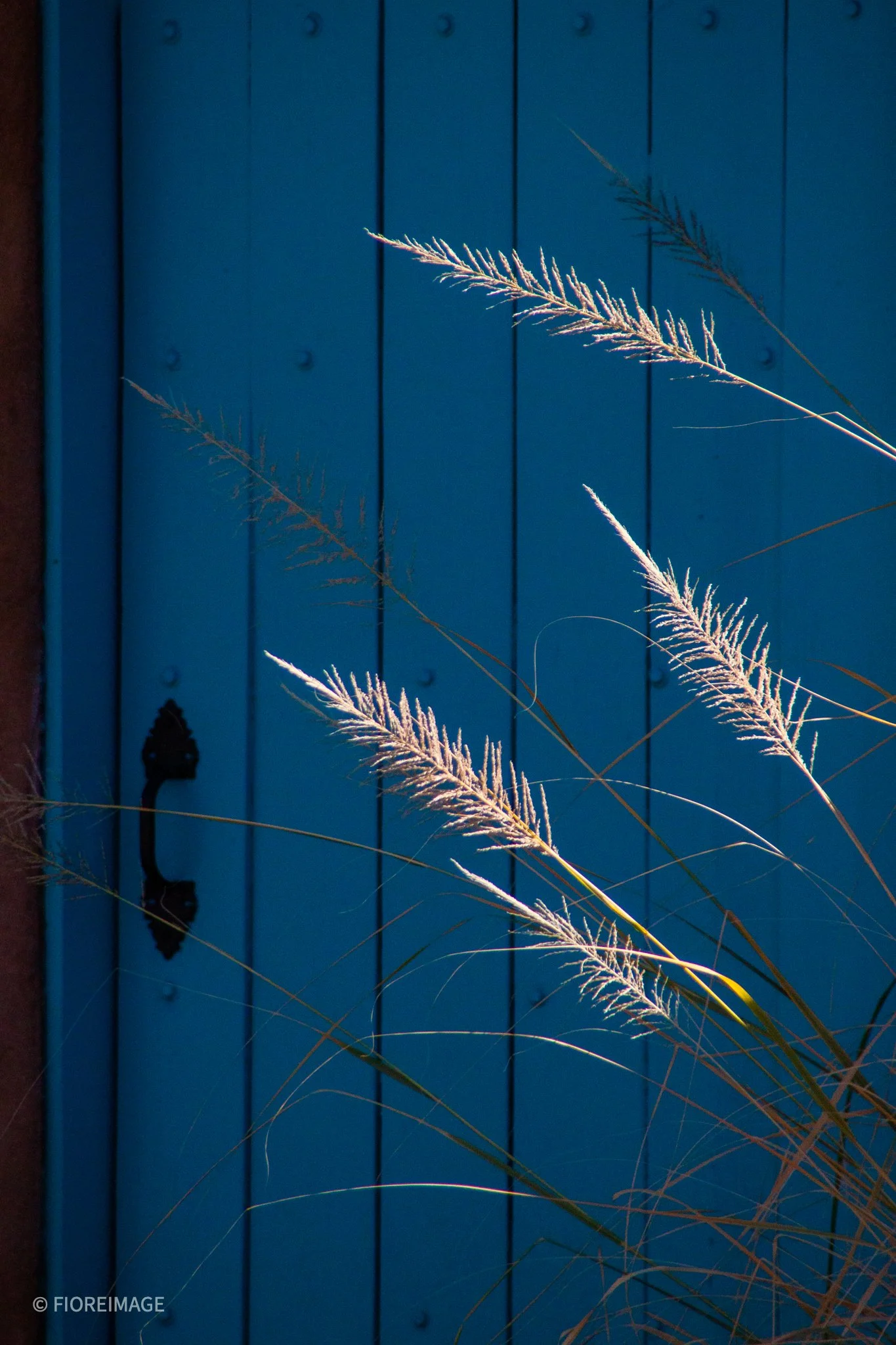Pre-production is the most underestimated aspect of filming. Get ready before any shoot is important. Do not just show up and shoot.
If you’re going to shoot a music video, commercial, or short film, you’ll have much more freedom to plan your full video production from start to finish. To really do it like the pros, create your own storyboard with illustrations of your scenes in sequence. This will help you pre-visualize your final footage and outline your desired shots. It will serve as your guide during shooting and editing, plus it can help you determine the perfect time of the day for shooting, your desired venues, and the right cameras to be used (in case you have several options) prior to filming.
On the other hand, if you’re covering an event, you’re going to want to be as ready as you possibly can. For instance, in wedding videography, the wedding videographer should know how to capture all of the most important moments, and create fantastic videos of the bride, groom, and the wedding party.
A few helpful wedding videography tips to remember:
Have a shot list prepared. This list should include the first kiss, the cake cutting, and other key moments that the couple would want to be immortalized.
Just as there are wedding photography styles, there are also certain shooting styles for wedding videography. Stick to a specific style. Be consistent and use the right one that fits the couple and their event for the perfect cinematic wedding video.
https://www.adorama.com/alc/13-videography-tips-for-more-professional-looking-videos/
www.fioreimage.com
#FIOREIMAGE
#videographer
#santafevideographer
#Internationalvideographer




















